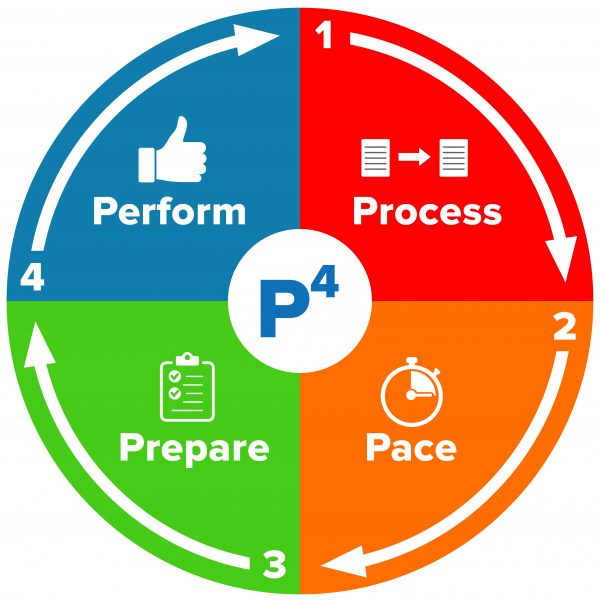
P4 is a continuous improvement standard first implemented at Parsons Electric based in Minneapolis, MN. Developed by Perry Thompson, Lean Executive Director at Parsons Electric, based on a recurring need to develop more efficient, reliable project outcomes. Needless to say, a large gap existed from where Parsons first started to where they needed to be.
To close this gap Parsons started using a simple four-stage planning system that helped guide their project teams towards developing a reliable weekly plan. This was done whether the general contractor was using the Last Planner® system or not. They called the process – getting Lean ready!
As Parsons Electric became Lean ready, they realized the benefits of the P4 System were far greater than they expected. Parsons believes in creating multi-win scenarios across the construction industry, from owners, and general contractors to the multiple trade subcontractors that work on a project. That’s why they have made it their mission to share their version of Lean so that all trades on a project can benefit from each other.
The P4 System doesn’t require an extensive understanding of Lean history, concepts, or philosophy. It is designed to enable field leaders to very quickly implement this approach on job sites a matter of hours after first learning about it. Don’t worry, it doesn’t have to be perfect the first time you try it. It’s a continuous improvement system and will get better each time you use it.
P4 knocks down barriers, engaging the team to think and talk about their work while they study and commit to a much better production plan. Additionally, P4 creates a standard, guaranteeing repeatable success when used on projects.
P4 System is based on 4 primary activities that set field leaders and their team up for success on any project. As the name suggests, each of these activities starts with the letter “P” – Process, Pace, Prepare, and Perform.
Once you have a map that represents the high level view of what needs to happen to complete this work, assign a duration to each process. Design 3 weeks, design review 2 days, Foreman design review 1 day, Prefab 2 weeks, foreman prefab review 1 day, material, tools, equipment deliveries 1 day, Installation 5 days, Final inspection 1 day… Don’t forget to assign milestone dates based on these durations.
TIP: Use post-it’s (trust us it’s easier to move things) to make changes and add to the process as you develop this map. Each step and milestone receive its own post it.
Why do this? There are many ways to complete work, or as they say, “skin the cat”. Different foremen have different experiences and often different methods to approach and perform the installation process. This is a great opportunity to get different perspectives from the project team and think about trying new things that would benefit the installation team. Some topics we’ve seen discussed:
As with any system there must be a feedback loop. After work is completed, check it against the planning done during P4 planning. Note any adjustments that were made during the process and include lessons learned. Share your results with others and help us bring awareness to Lean Construction for Field Leaders.
Success on a project is when everyone from the owner and general contractor down to all the trades working in tandem. Stop leaving success up to being at the mercy of other trades and take control by embracing Lean principles. Hear from Field Leaders currently using P4 and how it has forever changed how they approach their work.
